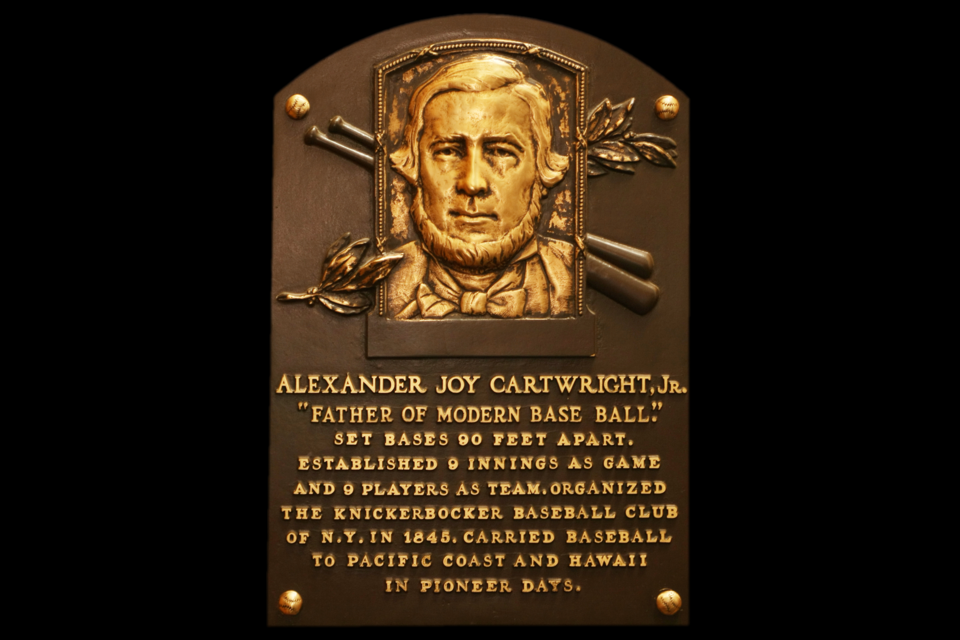The history of baseball in America is linked to our history of firefighting.
“America’s pastime” developed from games like cricket and rounders in England and Ireland as early as the 1700s, and similar games which came to America from Europe.
It was played informally, with varying rules, for many decades in American cities like New York by young men in their leisure time, including volunteer firefighters.
Competitive with each other in all things, fire companies often played against each other and eventually formed clubs. This led Alexander Joy Cartwright (1820-1892) to draft a set of official rules for the game in 1845.
A brokerage and bank clerk by day, Cartwright was a member, first, of Oceana Hose Company No. 36, and later of Knickerbocker Engine Company No. 12 in Manhattan.
He was a founding member of the Knickerbocker Base Ball Club, so his rules (adapted from earlier rules used by William R. Wheaton of the Gotham Base Ball Club) came to be known as the Knickerbocker Rules, which included a 90 foot separation of the bases, three-out innings and an abolition of “plugging,” i.e. hitting a baserunner with the ball for an out. This allowed for a harder ball which would travel farther when hit.
These rules were used in the earliest documented organized game, between the Knickerbockers and the Gotham Club at Elysian Fields in Hoboken, New Jersey on June 19, 1846. The Knickerbockers got clobbered, 23 to 1.
Cartwright went on to make his mark on firefighting history thousands of miles away from New York. In 1849 he undertook the difficult and dangerous crossing of the American continent, with the idea of participating in the California Gold Rush. Instead, from there he traveled on to the Kingdom of Hawaii, where he engaged in various business speculations and in 1850, on the basis of his New York experience, became the first active fire chief of Honolulu (an earlier appointed chief had done little in the post), appointed by Kamehameha III (1814-1854), who also served as an active volunteer in the city’s department.
Cartwright was instrumental in recruiting volunteers, acquiring equipment beyond a few buckets and a small hand pumper borrowed from a local business, and constructing Honolulu’s first dedicated fire stations. But he also found the time to further the cause of his beloved baseball. The game had already been brought to the islands by Christian missionaries but Cartwright soon introduced his set of baseball rules to the islands.
Alexander Joy Cartwright died in 1892, shortly before the demise of the Kingdom of Hawaii, eventually leading to its annexation as a U.S. Territory in 1898. In 1938, Cartwright was inducted into the Baseball Hall of Fame in Cooperstown, New York. His plaque describes him as “The Father of Modern Baseball.” He was a major force in the history of firefighting, too.
For more about the inspiring history of firefighting around the world, visit the Hall of Flame Museum of Firefighting, the world’s largest historical firefighting museum. For details go to hallofflame.org.



